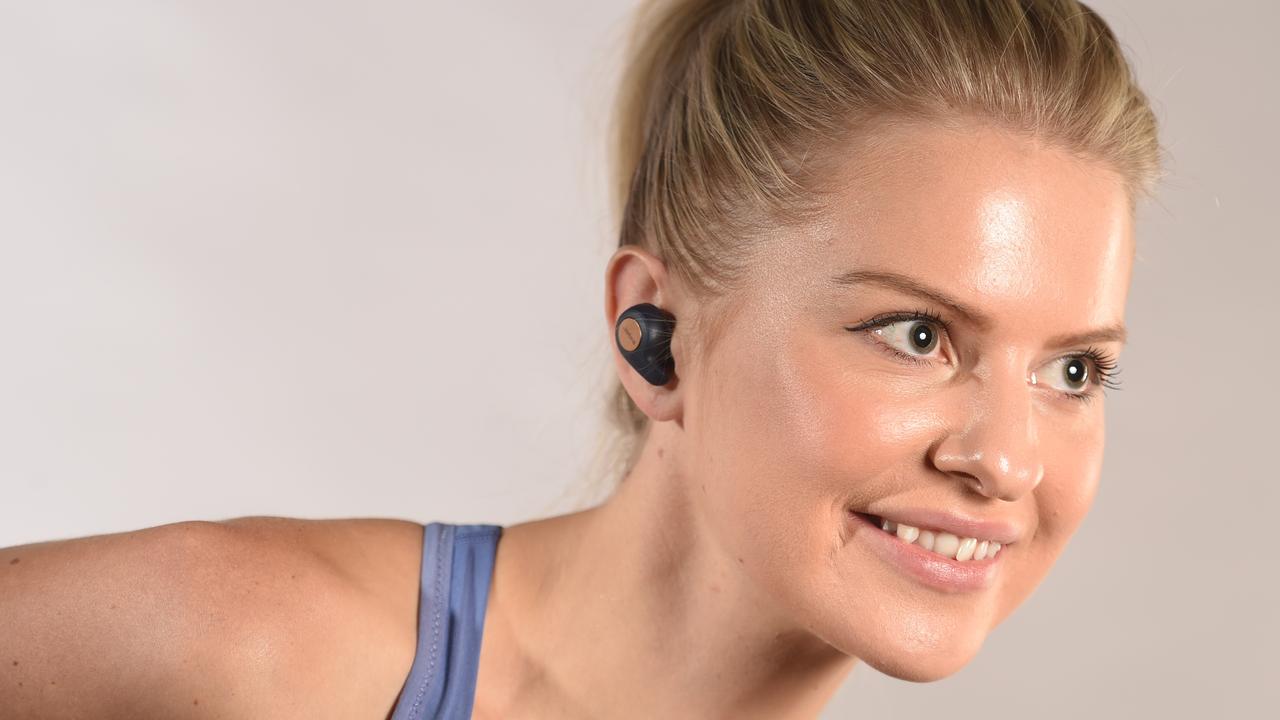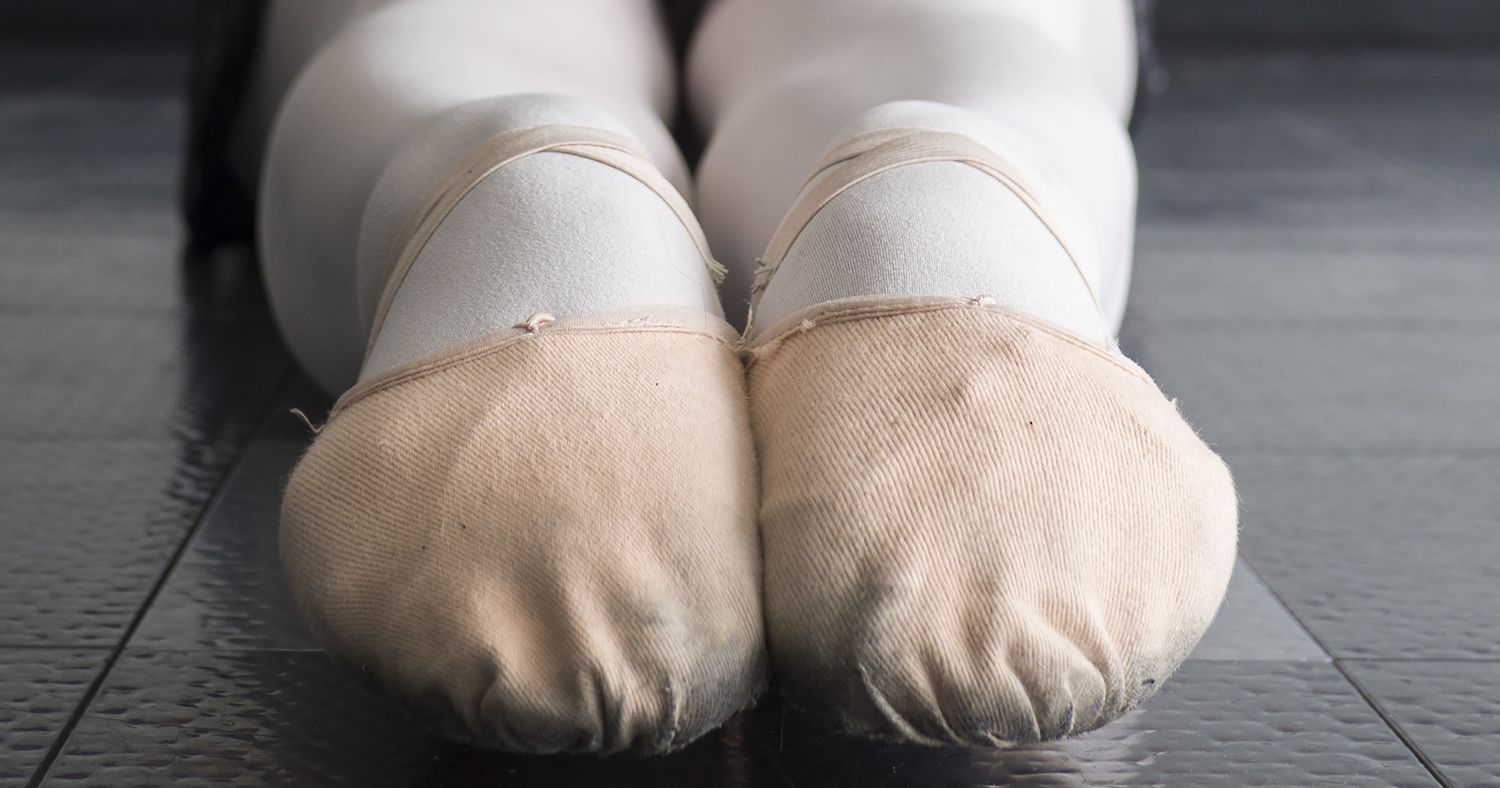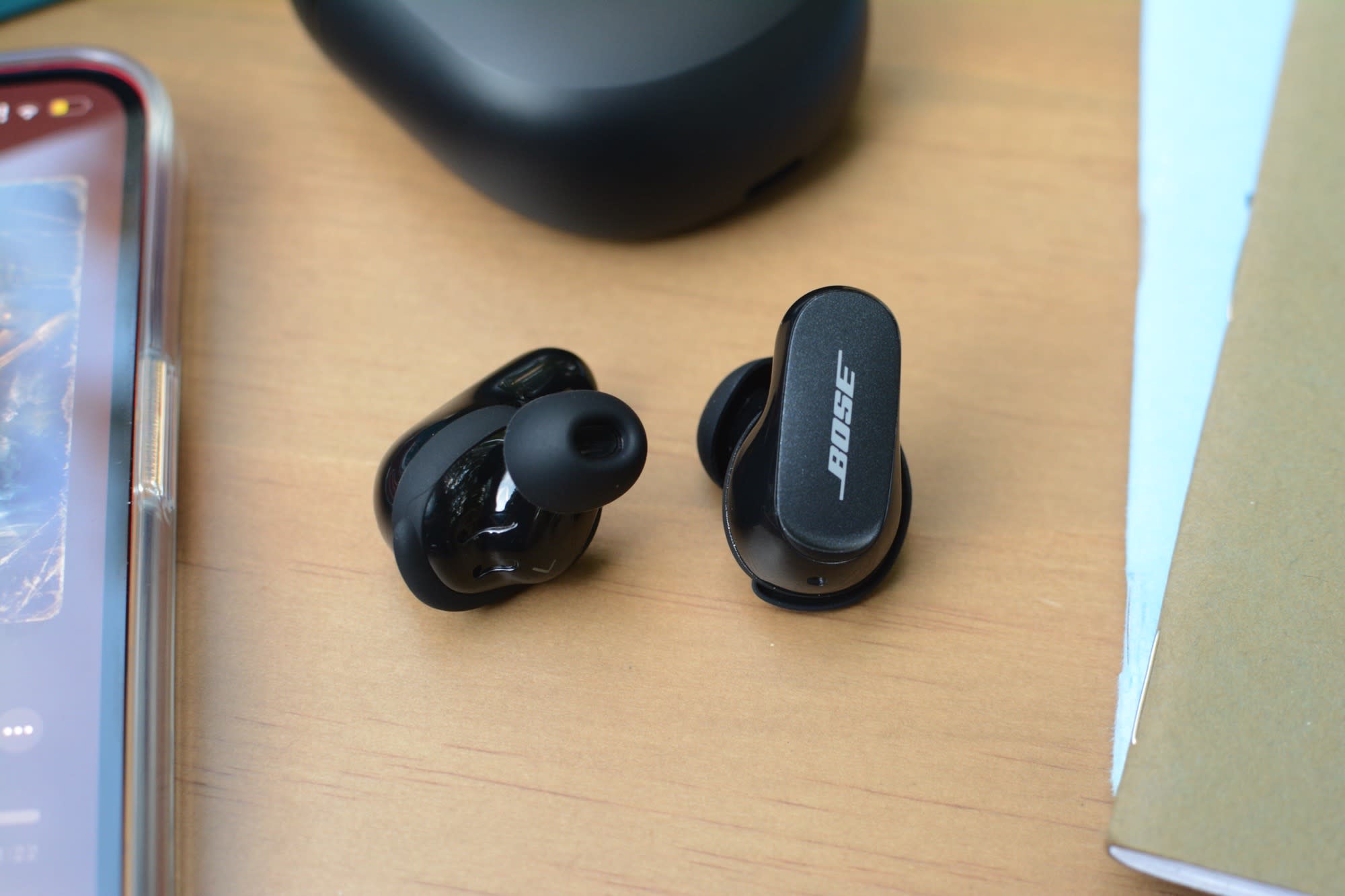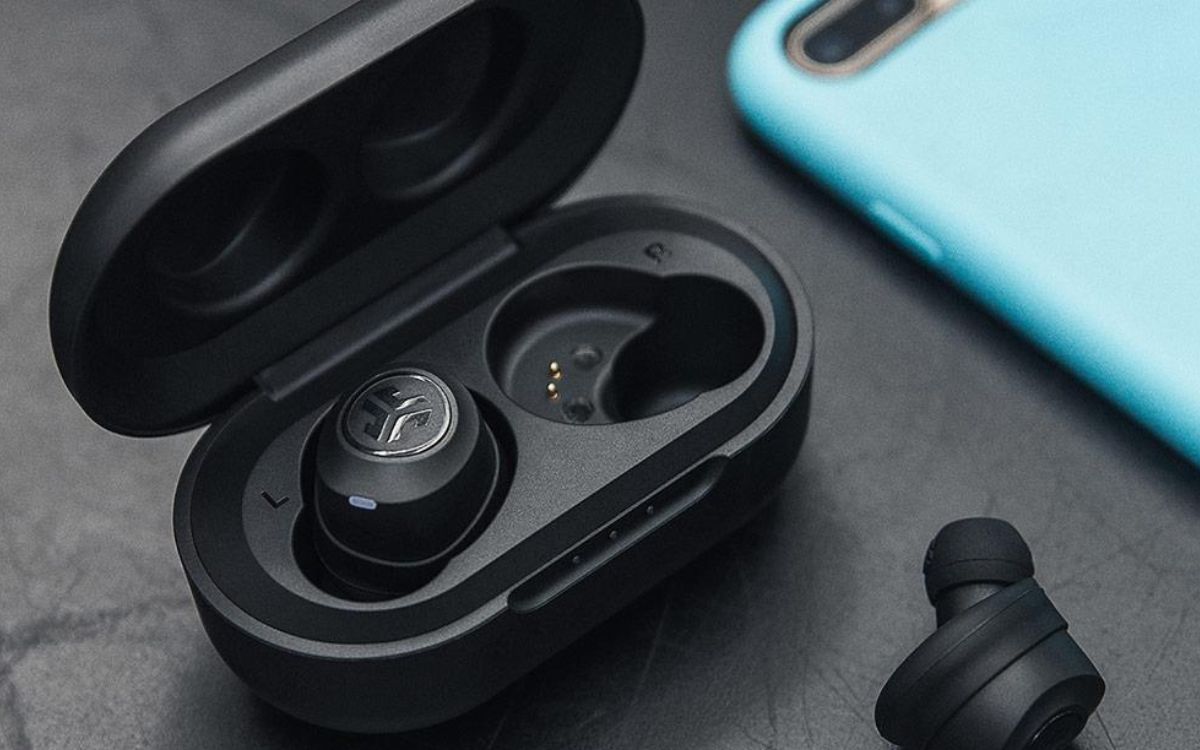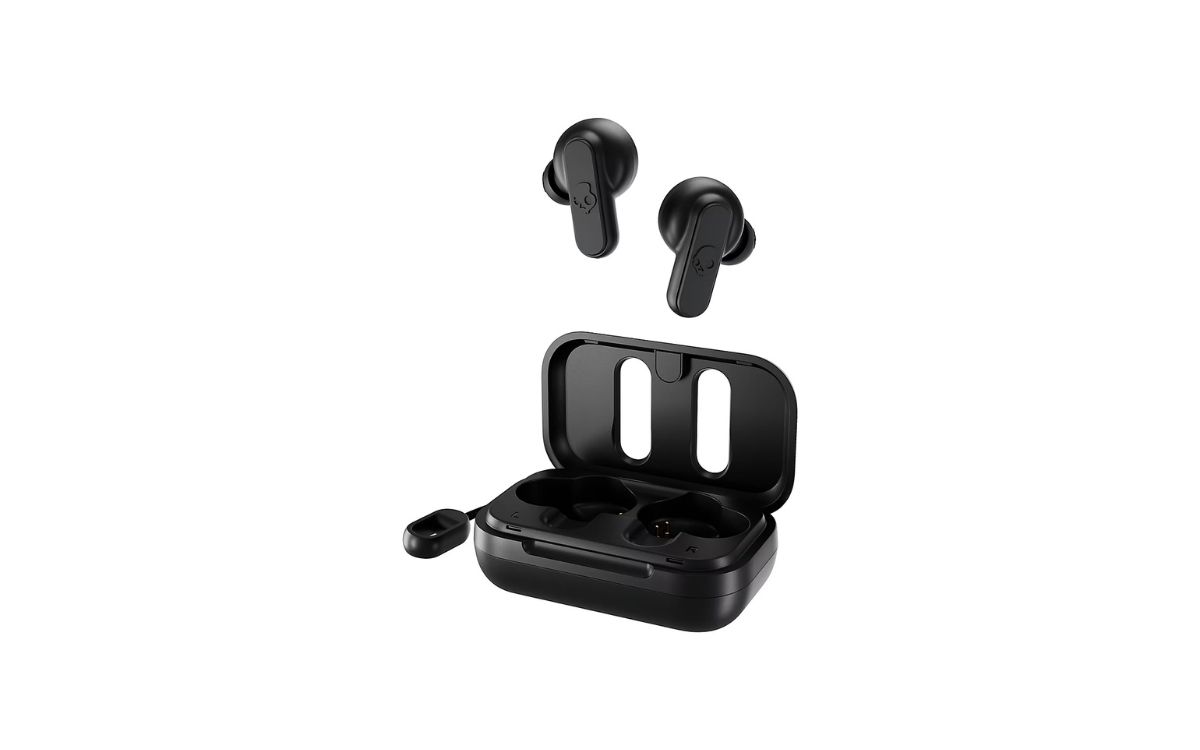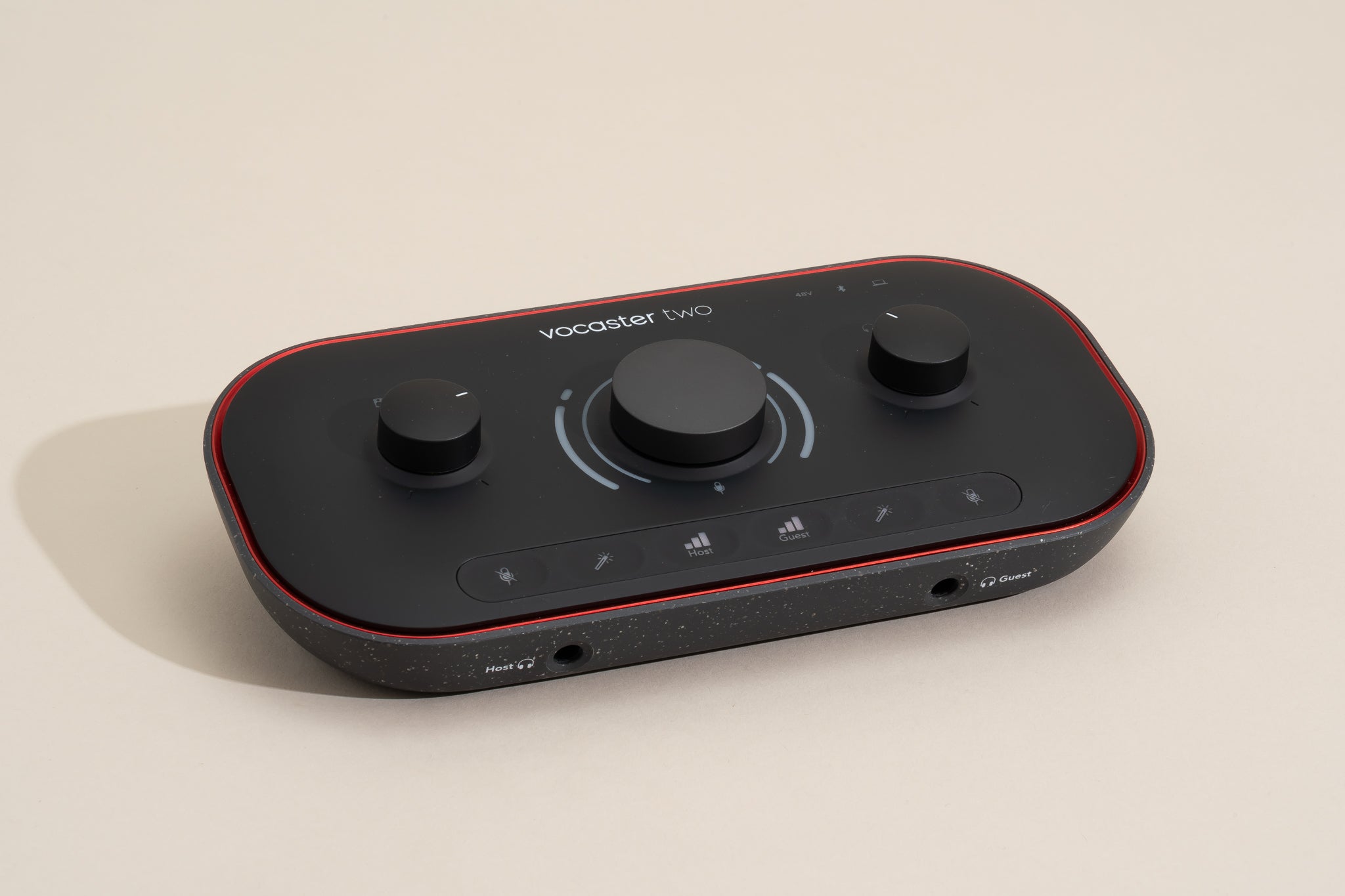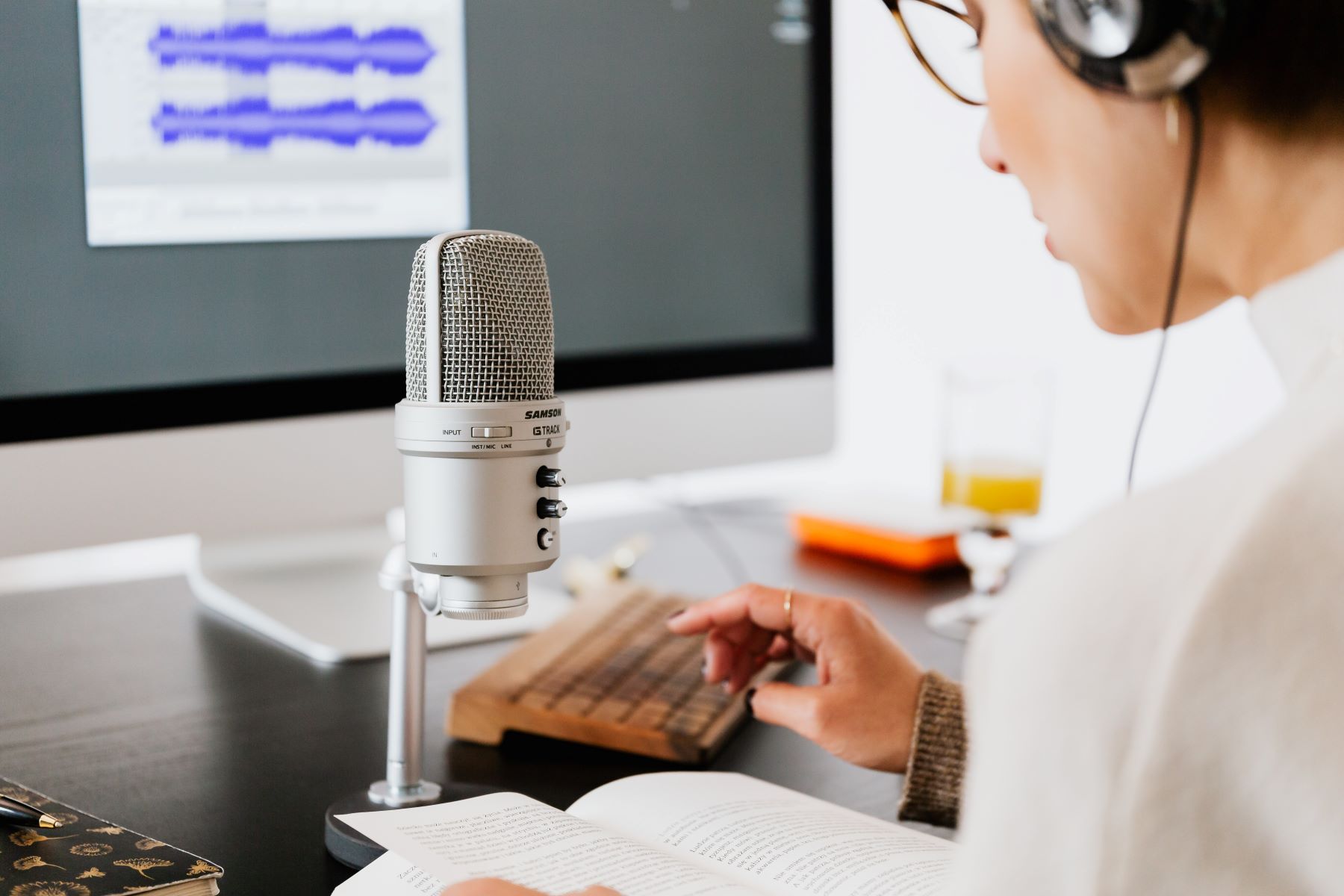Home>Devices & Equipment>Earbuds>How Long Does Earbuds Last


Earbuds
How Long Does Earbuds Last
Published: November 14, 2023
Discover how long earbuds typically last and get tips on maximizing their lifespan. Find out the factors that affect their durability and make the most of your earbud investment.
(Many of the links in this article redirect to a specific reviewed product. Your purchase of these products through affiliate links helps to generate commission for AudioLover.com, at no extra cost. Learn more)
Table of Contents
Introduction
Earbuds have become an integral part of our daily lives, providing us with a portable and immersive audio experience. Whether we’re listening to our favorite music on a morning jog or tuning in to a podcast during our daily commute, earbuds have become our trusted companions. But have you ever wondered how long these tiny devices can actually last?
The lifespan of earbuds can vary depending on various factors such as usage patterns, build quality, maintenance practices, and environmental conditions. Understanding these factors is crucial to ensure that you get the most out of your earbuds and make informed decisions about when to replace them.
In this article, we will explore the different factors that can influence the lifespan of earbuds, as well as signs that indicate it may be time to invest in a new pair. By understanding these factors, you will be able to extend the lifespan of your earbuds and maximize your listening experience.
So, let’s dive in and discover how long earbuds can actually last, and what you can do to keep them in optimal condition for as long as possible.
Factors Influencing the Lifespan of Earbuds
The lifespan of earbuds can be influenced by various factors, which determines how long they will continue to function properly. Understanding these factors can help you make informed decisions when purchasing earbuds and adopting the right practices to extend their lifespan. Let’s explore these factors in more detail:
- Usage patterns and habits: The way you use your earbuds plays a significant role in their lifespan. If you constantly expose them to high volumes for extended periods, it can strain the internal components and reduce their longevity. Similarly, rough handling, frequent twisting, and excessive pulling on the cable can lead to damages.
- Build quality and materials: The quality of the earbuds and the materials used in their construction can greatly impact their lifespan. Opting for earbuds made from durable materials, such as metal casings or reinforced cables, can enhance their resistance to wear and tear. Additionally, investing in reputable brands known for their high-quality products can ensure better durability and longevity.
- Maintenance and care practices: Proper maintenance and care can significantly extend the lifespan of earbuds. It is important to regularly clean the ear tips and remove any accumulated debris or wax build-up. Additionally, storing them in a protective case when not in use and avoiding extreme temperatures or excessive moisture can help prevent damage. Being mindful of how you handle and store your earbuds can go a long way in preserving their functionality.
- Environmental factors: Environmental conditions can impact the lifespan of your earbuds. Exposure to extreme temperatures, humidity, or water can cause damage to the internal components and reduce their lifespan. It’s important to consider the IP rating of your earbuds, which denotes their water and dust resistance capabilities, and choose accordingly if you plan on using them in challenging environments.
By taking these factors into consideration, you can make informed decisions when purchasing earbuds and adopt practices that promote longevity. Remember, the lifespan of earbuds can vary from one model to another, so it’s essential to read product reviews and choose ones that align with your needs and usage patterns.
Usage Patterns and Habits
How you use your earbuds can significantly impact their lifespan. By adopting certain usage patterns and habits, you can ensure that your earbuds last longer and provide optimal performance. Here are some key considerations:
- Volume levels: Listening to music or other audio at excessively high volumes can strain the internal components of your earbuds, leading to a shorter lifespan. It’s important to find a comfortable volume level that allows you to enjoy your audio while minimizing potential damage to the drivers.
- Duration of use: Extended use of earbuds can cause excess strain on the cables and connectors. Taking breaks and allowing your earbuds to rest can reduce the risk of damage and extend their lifespan. It’s recommended to give your ears and earbuds a break every hour or so.
- Handling and storage: Handling your earbuds with care is essential for their longevity. Avoid yanking the cables or forcefully pulling them out of your ears, as this can lead to cable damage or even cause the drivers to detach. When not in use, store your earbuds in a protective case to prevent tangling or accidental damage.
- Cleaning: Regularly cleaning your earbuds is crucial for maintaining their performance and longevity. Accumulated dirt, ear wax, or debris on the ear tips can affect sound quality and potentially damage the drivers. Use a soft cloth or cotton swab to clean the ear tips and ensure they remain free from any obstructions.
- Sharing: Sharing earbuds with others may seem harmless, but it can introduce moisture, bacteria, and earwax from other individuals. This can lead to hygiene issues and damage the earbuds. It’s best to avoid sharing earbuds or, if necessary, clean them thoroughly before and after each use.
Adopting these usage patterns and habits can help prolong the lifespan of your earbuds and ensure that they continue to provide an optimal audio experience. Consistently following these practices will not only save you money from having to replace earbuds frequently but also ensure that you can enjoy your favorite audio for a longer period of time.
Build Quality and Materials
The build quality and materials used in the construction of earbuds play a vital role in determining their lifespan. Investing in earbuds made with high-quality materials can result in a more durable and long-lasting product. Here are some key factors to consider:
- Casing: The casing of the earbuds should be made from a sturdy material that can withstand everyday wear and tear. Metal or high-quality plastic casings are often more durable and less prone to cracking or breaking, ensuring a longer lifespan for your earbuds.
- Cables: The cables of your earbuds are susceptible to tangling, bending, and fraying. Look for earbuds with reinforced or braided cables, as they are more resistant to damage and can withstand constant movement and twisting without impairing the sound quality or functionality.
- Connectors: The connectors that plug into your audio device should be strong and securely attached. Weak or loose connectors can result in audio cutouts and ultimately lead to a shorter lifespan for your earbuds. Ensure that the connectors are sturdy and well-designed for maximum durability.
- Drivers: The drivers are the heart of your earbuds and are responsible for producing sound. High-quality drivers made from durable materials can withstand repeated use without compromising audio quality. Look for earbuds with reputable driver manufacturers to ensure the longevity of your earbuds.
- Eartips: The eartips of your earbuds should be comfortable, durable, and easily replaceable. They should provide a secure fit that minimizes sound leakage and enhances audio performance. Additionally, having replaceable eartips allows you to maintain hygiene and replace worn-out tips, thereby extending the lifespan of your earbuds.
Investing in earbuds with superior build quality and durable materials may come with a slightly higher price tag, but it can significantly increase the lifespan of your earbuds. Spending a bit more upfront for a well-constructed product can save you money in the long run by reducing the need for frequent replacements.
When shopping for earbuds, read product reviews and look for brands known for their attention to build quality and materials. By choosing earbuds with a solid construction, you can ensure that they will withstand daily use and continue to deliver exceptional sound for a longer period of time.
Maintenance and Care Practices
Proper maintenance and care are essential for maximizing the lifespan of your earbuds. By adopting the following practices, you can ensure that your earbuds stay in optimal condition and provide a great audio experience for years to come:
- Regular cleaning: Cleaning your earbuds regularly is crucial for maintaining optimal sound quality and prolonging their lifespan. Use a soft cloth or cotton swab to gently clean the ear tips, removing any accumulated dirt, earwax, or debris. Avoid using harsh chemicals or excessive moisture, as this can damage the internal components.
- Storage: Proper storage is key to protecting your earbuds from tangling, cable damage, or accidental breakage. When not in use, store your earbuds in a protective case or pouch. This helps prevent cable tangling and shields them from physical damage or exposure to dirt and dust.
- Avoid extreme temperatures: Exposing your earbuds to extreme temperatures can cause damage to the internal components, such as the drivers or battery. Avoid leaving them in hot cars or exposing them to freezing temperatures. Additionally, excessive heat can damage the cables, so it’s best to keep them away from direct sunlight or other heat sources.
- Handle with care: Treat your earbuds with care to avoid unnecessary wear and tear. Avoid yanking or pulling the cables forcefully, as this can lead to cable damage or even detach the drivers. When unplugging them from your device, gently hold the connector and avoid tugging on the cable.
- Replace worn-out eartips: Over time, eartips can wear out or lose their shape, affecting the comfort and sound quality of your earbuds. It’s important to replace worn-out eartips promptly to maintain a proper fit and seal. This not only enhances audio performance but also prevents earbud slippage or discomfort.
By incorporating these maintenance and care practices into your routine, you can ensure that your earbuds remain in excellent condition and provide optimal performance for an extended period. Regular cleaning, proper storage, careful handling, and timely eartip replacements are simple yet effective ways to extend the lifespan of your earbuds.
Remember, preventive maintenance is key. Taking a few extra minutes to care for your earbuds can save you the frustration of premature failure and save you money in the long run by avoiding the need for frequent replacements.
Environmental Factors
Environmental conditions can significantly impact the lifespan of your earbuds. Exposure to certain elements or situations can cause damage to the internal components and reduce their longevity. Understanding these environmental factors can help you protect your earbuds and ensure they have a longer lifespan:
- Moisture: Excessive moisture, such as sweat or rain, can be detrimental to the internal components of your earbuds. Moisture can lead to corrosion, rust, or electrical damage. If you anticipate using your earbuds in humid or wet conditions, consider choosing a pair that offers an IPX rating for water resistance. Additionally, it’s essential to thoroughly dry your earbuds if they do get wet.
- Extreme temperatures: Exposing your earbuds to extreme temperatures can cause damage to the internal components. High temperatures can affect the integrity of the cables and battery, while low temperatures can make the materials more brittle. Avoid leaving your earbuds in hot cars or exposing them to freezing temperatures for extended periods.
- Dust and dirt: Dust and dirt particles can gradually accumulate in the tiny crevices of your earbuds, affecting their performance and lifespan. It’s advisable to keep your earbuds in a case or pouch when not in use to minimize exposure to dirt and dust. Regularly clean your earbuds to remove any debris and ensure optimal sound quality.
- Physical impact: Accidental drops, impacts, or heavy pressure on your earbuds can cause structural damage and affect their functionality. Be mindful of how you handle and store your earbuds to minimize the risk of physical damage. Investing in a protective case can provide an extra layer of protection against accidental impacts or crushing.
Considering the environmental factors that your earbuds may encounter and taking preventive measures can help extend their lifespan. Choosing earbuds with adequate water resistance, storing them properly, and protecting them from extreme temperatures and physical impact are important steps to ensure their longevity.
Remember, prevention is key when it comes to protecting your earbuds from environmental factors. By proactively safeguarding them from moisture, extreme temperatures, dust, and physical impact, you can enjoy your earbuds for a longer period and make the most out of your investment.
Signs of Wear and When to Replace Earbuds
While earbuds can last for a considerable amount of time with proper care, there will come a point when you may need to replace them due to wear and tear. Here are some signs to look out for that indicate it may be time to invest in a new pair of earbuds:
- Deteriorating sound quality: If you notice a significant decrease in sound quality, such as distorted audio, crackling, or uneven volume levels, it may be a sign that the drivers or other internal components are damaged or worn out. If you’ve tried cleaning your earbuds and adjusting the settings without improvement, it might be time for a replacement.
- Intermittent connectivity: Frequent audio cutouts or inconsistent connectivity between your earbuds and audio device can be frustrating. This may indicate cable or connector issues that are difficult to repair. If you find yourself constantly adjusting the cable or experiencing unreliable connections, it’s a good indication that replacing your earbuds is necessary.
- Physical damage: Visible physical damage to your earbuds, such as broken casings, frayed cables, or detached drivers, is an obvious sign that they need to be replaced. These damages are usually beyond repair and can affect not only the functionality but also the safety of using your earbuds.
- Uncomfortable fit: Over time, the eartips of your earbuds may lose their shape or become less comfortable. If you find that your earbuds no longer provide a secure and comfortable fit, it can impact both the audio quality and your overall listening experience. Consider replacing your earbuds with a pair that offers better-fitting eartips.
- Excessive wear and tear: If your earbuds have been in use for an extended period and show obvious signs of wear and tear, such as worn-out cables, loose connectors, or peeling paint, it may be time to upgrade to a new pair. Continuing to use heavily worn earbuds can lead to further damages and compromised functionality.
Ultimately, the decision to replace your earbuds depends on the severity of the issues and your own preferences. If your earbuds are no longer providing the audio quality or comfort you desire, or if they have suffered significant damage, it’s generally a good time to consider investing in a new pair.
By paying attention to these signs of wear and knowing when to replace your earbuds, you can ensure a consistently enjoyable and high-quality audio experience.
Conclusion
Earbuds have become an indispensable part of our daily lives, offering a convenient and immersive audio experience. Understanding the factors that influence the lifespan of earbuds is crucial for maximizing their longevity and making informed decisions about when to replace them.
We have explored various factors that can affect earbud lifespan, such as usage patterns, build quality, maintenance practices, environmental conditions, and signs of wear. By adopting proper usage habits, investing in earbuds with good build quality, maintaining and caring for them diligently, and protecting them from environmental factors, you can extend their lifespan and enjoy optimal sound quality for a longer period.
Knowing when to replace your earbuds is equally important. Signs such as deteriorating sound quality, intermittent connectivity, physical damage, uncomfortable fit, and excessive wear and tear indicate that it may be time to upgrade to a new pair of earbuds.
Remember that preventive maintenance is key to prolonging the lifespan of your earbuds. Regular cleaning, proper storage, and careful handling go a long way in ensuring their longevity.
By understanding these factors and implementing the proper care practices, you can make the most out of your earbuds, enjoy an immersive audio experience, and avoid the need for frequent replacements.
So, keep these tips in mind, take care of your earbuds, and enjoy your favorite music, podcasts, and videos for years to come!

